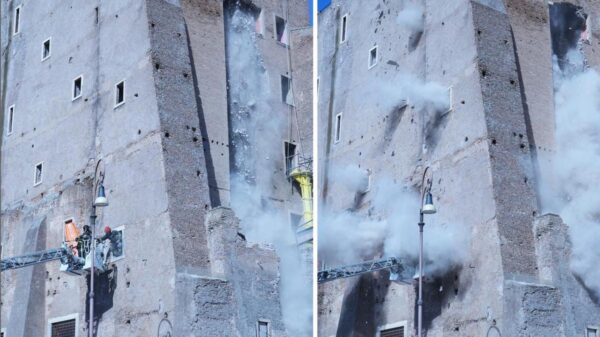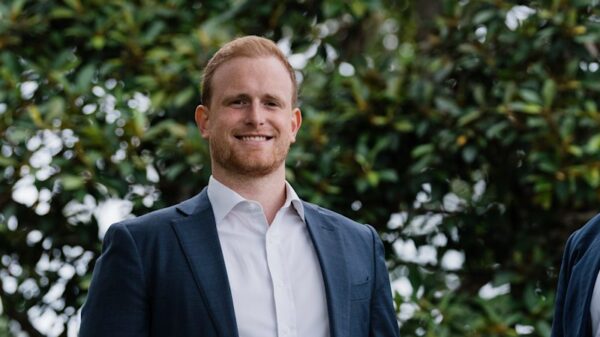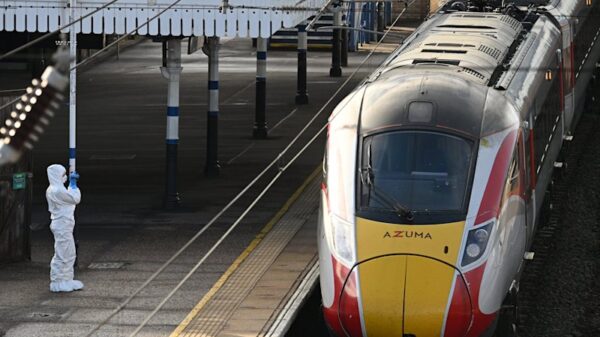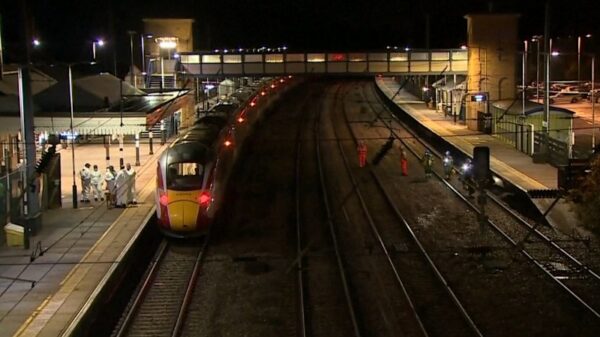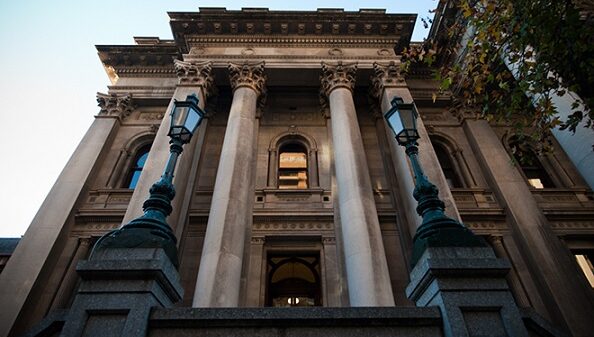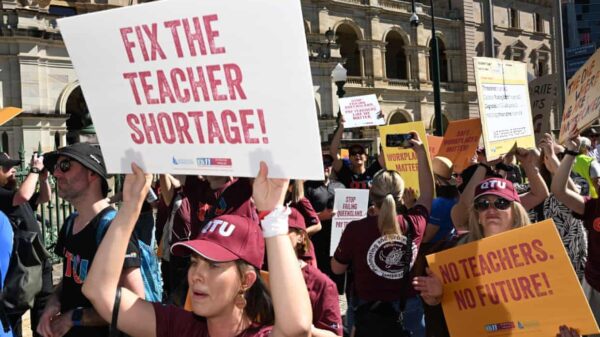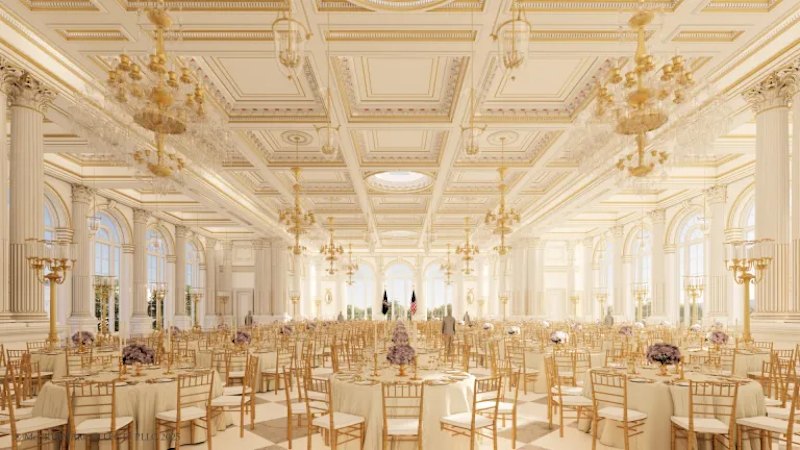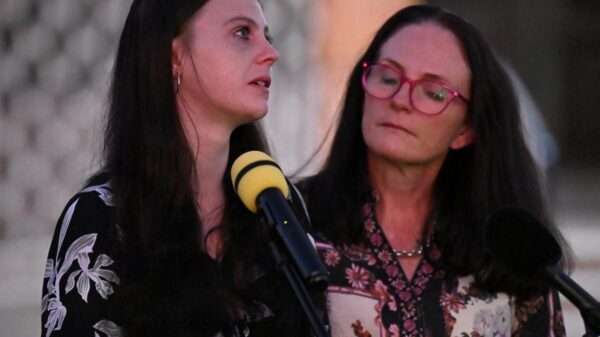Plans for a significant renovation of the White House were announced by President Donald Trump, who aims to construct a lavish ballroom adjacent to the East Wing. The proposed project, estimated at $200 million (approximately $309.2 million), will cover 90,000 square feet and stands poised to be one of the most extensive updates to the historic building in decades. Trump anticipates completion before the end of his current term.
The renovation has sparked questions regarding potential conflicts of interest and the overall feasibility of such an ambitious undertaking. White House officials have indicated that funding will come from Trump and other private donors, although they have not disclosed specifics about the financing arrangements.
Over his six months in office, Trump has endeavored to reshape various institutions, leaving a distinct mark on both public and private sectors. With his background as a real estate developer, he seeks to establish a lasting legacy through this architectural addition to the White House. “We’re good at building,” Trump stated, emphasizing his confidence in completing the project efficiently and with high standards. “It’ll be beautiful — top of the line.”
Specifications and Strategic Intent
The proposed ballroom is designed to accommodate approximately 650 guests, significantly increasing the hosting capacity compared to the largest existing venue, the East Room. According to White House Press Secretary Karoline Leavitt, construction is set to begin in September and aims for a swift completion.
Trump envisions the ballroom as a venue for hosting global leaders and other dignitaries, eliminating the need for temporary structures like tents on the South Lawn. Presidential historian Douglas Brinkley remarked on the historical significance of the project, noting its potential to leave a lasting mark akin to the additions made during President Harry Truman’s administration.
Images released by the White House suggest a design that mirrors the opulence of Mar-a-Lago, Trump’s Florida residence. One rendering showcased an extravagant space adorned with golden chandeliers and lavish seating arrangements. Leavitt assured that while the new ballroom will be physically separate from the main structure, it will maintain a theme consistent with the White House’s architectural heritage.
Ethical Concerns and Funding Issues
While historians and government ethics experts agree that Trump possesses the authority to pursue this construction project, many have raised concerns about the implications of the funding process and the potential for preferential treatment. The administration has engaged McCrery Architects, Clark Construction, and AECOM for the renovation, but details regarding the selection process remain unclear.
The timing of the announcement is also notable. Just a week prior, Trump criticized a significant spending initiative to modernize older government buildings. This juxtaposition has led to scrutiny from ethics experts, who warn that the project could create an environment where wealthy donors are incentivized to contribute in exchange for access to the president. Richard W. Painter, former chief ethics lawyer under President George W. Bush, expressed concern about the potential for a “pay-to-play” scenario, stating, “People who want to be in good with the president are going to write cheques.”
The implications of expanding the White House’s capacity for hosting functions raise additional ethical considerations. Painter highlighted the risk that future administrations may similarly invite major donors to events in the new ballroom, creating a transactional atmosphere.
As the project develops, the intersection of public architecture and private interests will continue to attract attention, prompting discussions on the integrity of governmental funding and the responsibilities of public officials.





